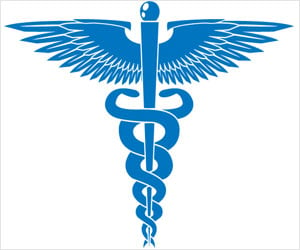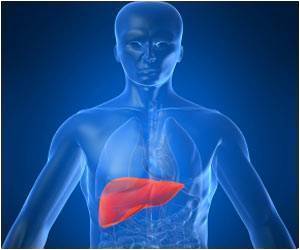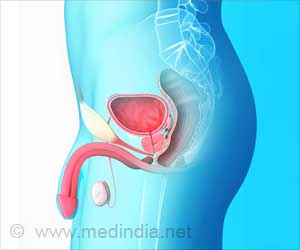
‘Lung cancer kills more people in the United States than any other cancer, but death rates are more than 20 times higher in some parts of the country than others.’
Tweet it Now
Similar differences were seen across cancers among more than 3,000 counties and cities in the US. "Such significant disparities among US counties is unacceptable," said Dr. Ali Mokdad, lead author on the study and Professor of Global Health at the Institute for Health Metrics and Evaluation (IHME) at the University of Washington in Seattle. "Every person should have access to early screenings for cancer, as well as adequate treatment."
The study, "Trends and patterns of disparities in cancer mortality among US counties, 1980-2014," examines 29 types of cancer, analyzing mortality rates and how they have changed. It was published in the January 24 issue of JAMA.
In the 35 years examined, more than 19.5 million Americans died of cancer. The national mortality rate from all cancers combined fell by 20%. Despite this trend, 160 counties showed increases in all-cancer death rates over the same period, raising questions about access to care, prevention efforts, treatment, and other issues.
"As the US enters a new debate about access to health care, these findings on the wide differences in cancer mortality should inform the discussion," explained researcher Laura Dwyer-Lindgren, a co-author of the study. "What's causing cancer to be so much more fatal in one part of the country than in other parts demands further investigation."
Advertisement
Liver cancer mortality increased in nearly every county. Clusters of counties with large increases were found in California, Oregon, Washington, New Mexico, and Texas. While alcohol is a well-known risk factor for liver cancer, the counties with high or increasing death rates differ from those known for high rates of alcohol consumption.
Advertisement
The majority of counties witnessed decreases in breast cancer death rates since 1980; however, there are clusters of high mortality rates in counties along the Mississippi River. The lowest rates appear in parts of the West, Midwest, and Northeast.
There are high death rates from prostate cancer in groups of counties in Alabama, Mississippi, Georgia, South Carolina, and Virginia.
Counties with the highest death rates from kidney cancer also were identified along the Mississippi River, as well as in Oklahoma and Texas. In addition, certain areas in Alaska and the Dakotas with large Native American populations showed rates higher than the national average.
"It is essential that state and local health officials, as well as other health policy decision-makers and cancer care advocates, take note of and act on this important evidence to save more lives in their communities," said Dr. Christopher Murray, Director of IHME.
Dr. Murray and the other authors suggest several potential explanations for high rates of cancer mortality in particular areas. Known cancer risk factors -- smoking, diet, and obesity, among others -- combined with poor prevention programs may increase cancer cases. Additionally, lack of early detection for some cancers and lack of specialized treatment can be deadly.
"For cancers with high survival rates, such as testicular cancer and Hodgkin lymphoma, wide differences in mortality rates in the US should raise a red flag," explains Dr. Christina Fitzmaurice, Assistant Professor at IHME and the Division of Hematology at the University of Washington. "Clusters of counties with increasing death rates from these cancers need to be examined and questions raised regarding access to primary care for early detection and specialized cancer treatment services."
Source-Eurekalert












